Why Choose South Korea for Eyelid Surgery?

Thinking about getting eyelid surgery? You're not alone. And if you're doing your research, you’ve almost certainly heard about South Korea. It’s often called the "plastic surgery capital of the world" for a reason. The skill level there is incredibly high, especially for facial procedures like blepharoplasty (the medical term for eyelid surgery). People from all over the globe fly to Seoul to get procedures done by surgeons who perform these surgeries every single day. But with all that expertise, what’s the one question everyone asks first? "How much is this actually going to cost me?"
It’s a great question, because the answer isn't a single number. The cost of eyelid surgery in South Korea can change a lot based on what you need, who you see, and where you go. Are you looking for a subtle "non-incisional" double eyelid? Or do you need an "incisional" method with ptosis correction to help open your eyes more? Maybe you're looking at lower eyelid surgery to take care of eye bags. All these different procedures come with different price tags.
In this guide, we're going to break down everything you need to know about the costs. We'll look at the prices for different types of eyelid surgery, what factors make the price go up or down, and what's usually included in the quote you get from a clinic in popular areas like Gangnam. Let's get right into all the questions people are asking so you can get a clear picture of what to expect.
What is the average cost of double eyelid surgery in South Korea?
This is the most common question, and the price range is a big reason why so many people travel for it. In the United States or the UK, this same procedure can easily cost $4,000 to $7,000. The price in Korea, even at top-tier clinics, is significantly lower.
The "double eyelid" procedure, which creates a crease in the upper eyelid, is the most popular cosmetic surgery in Korea. Because of this high demand and high competition among thousands of clinics, the prices have become very competitive. This doesn't mean a drop in quality; it just means the market is well-established. Your final price will depend on the specific technique the surgeon recommends for your eye shape and goals.
What is the cost difference: non-incisional vs. incisional?
Understanding these two primary techniques is key to understanding the price. Here’s a simple breakdown:
- Non-Incisional (Suture Method): This is for people who have thin eyelid skin and don't need fat or skin removed. The surgeon makes tiny punctures and uses sutures to create the eyelid crease. It's faster, has a much shorter recovery time, and is less expensive. However, there's a small chance the crease could loosen over time.
- Incisional Method (Full Incision): This is for people with thicker eyelid skin, excess fat, or significant drooping. The surgeon makes a full incision along the new eyelid line, removes excess tissue, and then stitches the skin to create a permanent, deep crease. It's a more involved surgery, which is why it costs more.
A surgeon will tell you which method is best for you during a consultation. Don't choose based on price alone; the right technique for your anatomy is the most important factor.
How much is upper and lower blepharoplasty in South Korea?
This combination is very popular for patients, often in their 40s and older, who want to address signs of aging. The upper blepharoplasty removes sagging skin from the upper eyelid (which can sometimes even block vision), while the lower blepharoplasty removes or repositions fat to get rid of under-eye bags and puffiness.
Doing them together is more cost-effective than getting them done separately. You save on anesthesia and facility fees, and you only have one recovery period. The price will be at the higher end if the lower eyelid surgery is complex (e.g., requires fat grafting or repositioning) or if the upper eyelid needs ptosis correction.
How much does eyebag removal (lower blepharoplasty) cost in Korea?
For younger patients with good skin elasticity, a surgeon might perform a "transconjunctival" blepharoplasty. This involves an incision inside the lower eyelid, so there are no external scars. Fat is simply removed or repositioned. This is often at the lower end of the price range.
For older patients or those with skin laxity, an incision may be made just below the eyelashes. This allows the surgeon to remove excess skin and reposition fat more effectively to smooth out the under-eye area. This is a more complex procedure and will be priced higher.
How much does ptosis correction cost in South Korea?
This is a crucial question. "Ptosis" is the medical term for a droopy upper eyelid, which is caused by a weak or loose levator muscle (the muscle that lifts the eyelid). It's not a skin problem; it's a muscle problem. Many people mistake ptosis for just needing double eyelid surgery, but if the underlying muscle isn't fixed, the eye will still look sleepy or asymmetrical.
During a consultation, a good surgeon will test the strength of this muscle. If they recommend ptosis correction, it means they will need to tighten that muscle in addition to creating the eyelid crease. This is a more delicate and skilled procedure, which adds to the cost. However, it is essential for achieving a bright, wide-eyed, and symmetrical result.
What is the cost of revision eyelid surgery in Korea?
Revision surgery is always more difficult than the first surgery. The surgeon has to work with scar tissue and altered anatomy from the previous procedure. This requires a highly specialized and experienced surgeon, as the risk is higher and the goals are often to fix asymmetry, low creases, high creases ("sausage" look), or visible scarring.
Because of this, clinics charge a premium for revision cases. Many of the top "revision specialist" surgeons in Seoul are in high demand and will charge at the very top of this price range. This is one area where you absolutely do not want to "price shop." You should be looking for the best revision specialist you can find.
How does eyelid surgery cost in Korea compare to other countries?
This cost difference is the primary driver for medical tourism. The savings are significant, even after you factor in the cost of a flight and hotel. Here’s a quick comparison of average costs for a standard double eyelid procedure:
As you can see, South Korea and Thailand are both very affordable. However, South Korea is particularly renowned for the sheer volume and specialization in blepharoplasty, with many surgeons *only* performing eye procedures.
Why is eyelid surgery cheaper in South Korea?
The lower price isn't a red flag; it's a feature of the market. The South Korean government has also actively invested in and promoted the country as a top destination for medical tourism, which helps streamline the process and keep standards high. The surgeons' high level of specialization means they can perform procedures efficiently and safely, which also helps control costs.
What factors influence the final price?
These are the key variables you need to consider. A "celebrity" surgeon who works on K-pop stars and international clients will have a much higher fee than a skilled but less-famous surgeon. A large hospital with extensive post-op care, translators, and luxury facilities will charge more than a smaller, boutique clinic.
Finally, your own anatomy is the biggest factor. If you need multiple things corrected (e.g., ptosis, thick skin, asymmetry), the surgery will take longer and require more skill, directly increasing the price.
What is included in the eyelid surgery price in Korea?
Clinics in South Korea are very accustomed to international patients and provide transparent, all-in-one pricing. The quote you receive is almost always the final price for the procedure itself. Common inclusions are:
- The main surgery
- Anesthesiologist's fee
- All pre-surgery consultations and 3D-CT scans (if needed)
- All post-operative check-ups
- Stitch removal (usually 5-7 days after)
- Post-op care services like light therapy for deswelling or prescription medication
This makes budgeting much easier, as you don't have to worry about surprise bills for anesthesia or follow-ups, which is common in some other countries.
Are there hidden costs for international patients?
The clinics are very transparent. The "extra" costs are the ones related to your travel. Most clinics in Seoul that cater to foreigners will have free English, Chinese, or Japanese translators on staff. However, if you choose a smaller clinic, you might need to hire one.
You also need to budget for your stay. Most clinics will want you to stay in Seoul for at least 7-10 days for the initial recovery and stitch removal. This means you must factor in the cost of a hotel or Airbnb for that entire period. Some clinics have partnerships with nearby hotels for a discount, so always ask!
Is eyelid surgery in South Korea safe?
The key word here is "reputable." South Korea has a very high standard of medical care. Surgeons go through extensive training, and the technology in the clinics is state-of-the-art. Because blepharoplasty is the most common procedure, the level of expertise and refinement is arguably the highest in the world.
To ensure safety, you must do your research. Look for clinics that are accredited by the Korean Ministry of Health and Welfare. Check for real patient reviews, and make sure your surgeon is a board-certified plastic surgery specialist. Avoid "consultant" fees from agencies and try to talk directly with the clinic.
How do I choose a safe clinic in South Korea?
Here are some practical steps:
- Surgeon, Not Clinic: You are choosing a surgeon, not just a building. Look up the specific surgeon's credentials. Are they a "board-certified plastic surgeon"?
- Before and Afters: Look at their photo galleries. Do you like their aesthetic? Do the results look natural or "overdone" for your taste? Look for patients with a similar eye shape to yours.
- Reviews: Look for reviews from international patients on forums like PurseForum or on platforms like PlacidWay. These often provide very detailed, unbiased experiences.
- Consultation: Do an online or in-person consultation. Do they listen to you? Do they explain *why* they are recommending a specific technique? Do you feel comfortable with them and the staff?
What is the recovery time for eyelid surgery in Korea?
The recovery for the non-incisional (suture) method is much faster, with most major swelling gone in 5-7 days. For the incisional method, you'll need a solid 2 weeks of downtime. You'll be given instructions on how to use cold compresses to manage swelling and how to clean the incision line.
Clinics in Korea are very proactive with post-op care and will often have you come back 2-3 times in your first week for check-ups and deswelling treatments (like low-level light therapy), which is all included in the price.
Can I combine eyelid surgery with other procedures?
This is another way many international patients maximize the value of their trip. Since you're already traveling and planning for a recovery period, you can save money and time by having multiple procedures done in one session. Common combinations include:
- Eyelid Surgery + Rhinoplasty
- Eyelid Surgery + Facial Fat Grafting (for a more youthful, full appearance)
- Eyelid Surgery + "V-Line" (jaw) surgery
If you are considering this, be sure to discuss it with your surgeon. They will advise you on what is safe to combine and how it will affect your total recovery time and cost.


.png)
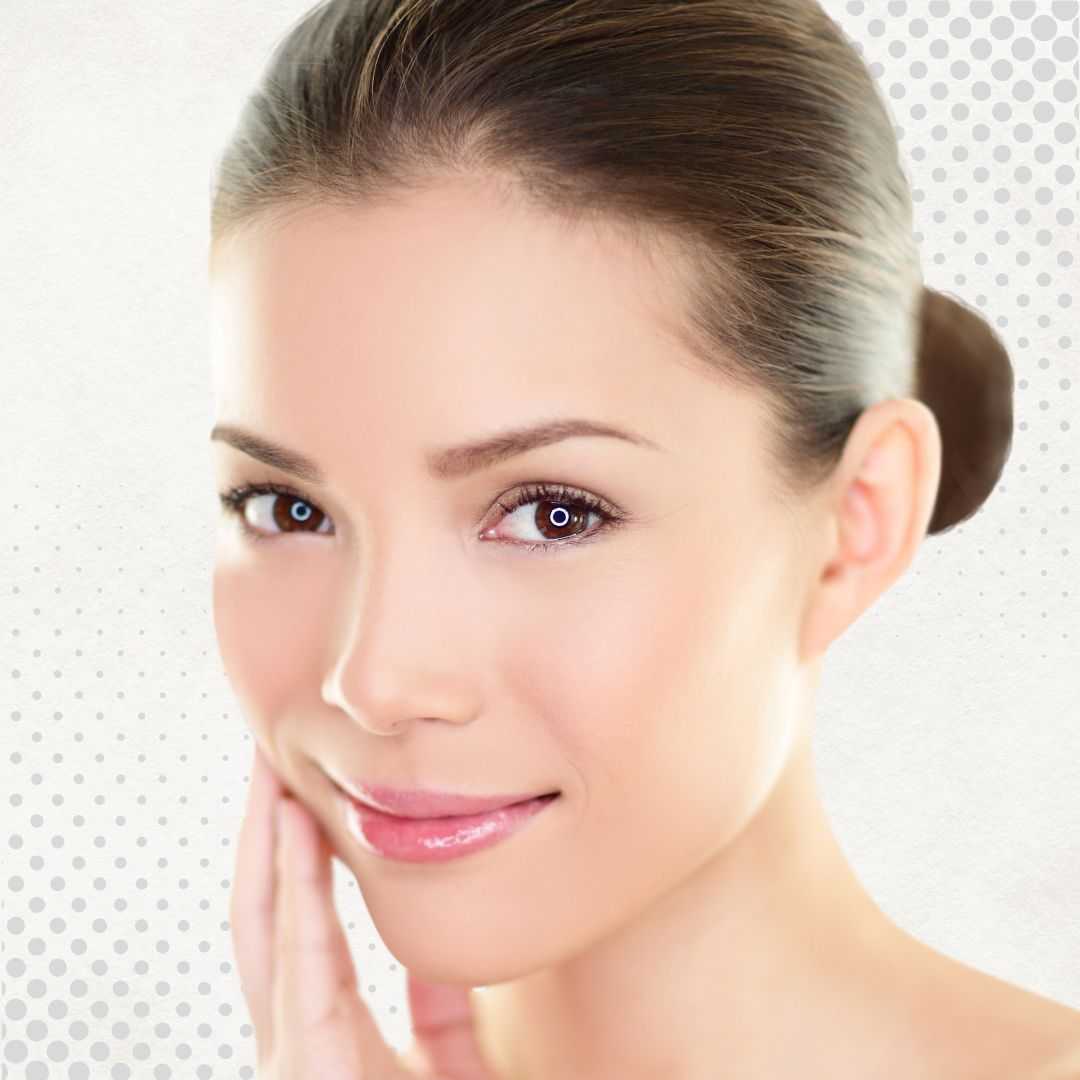

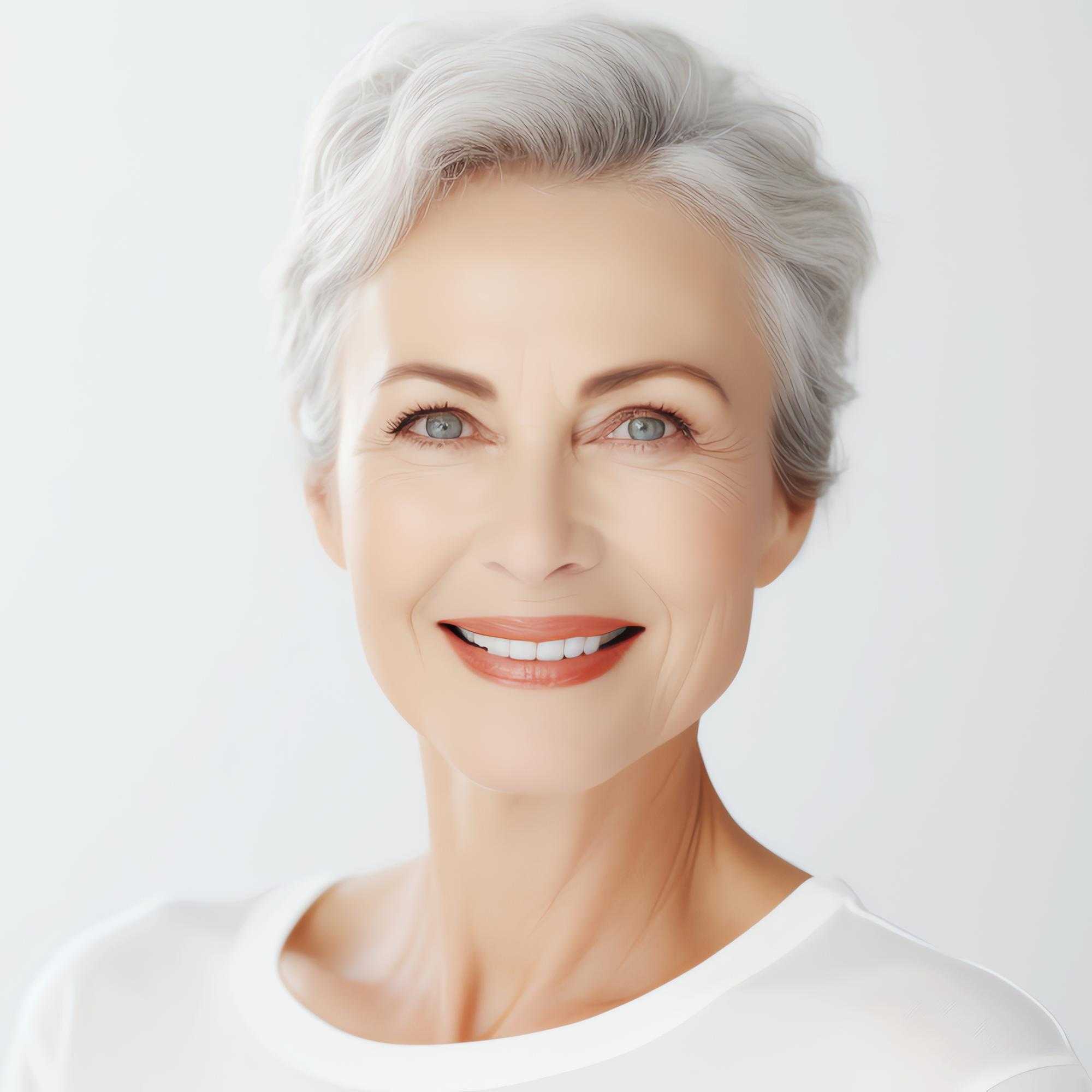
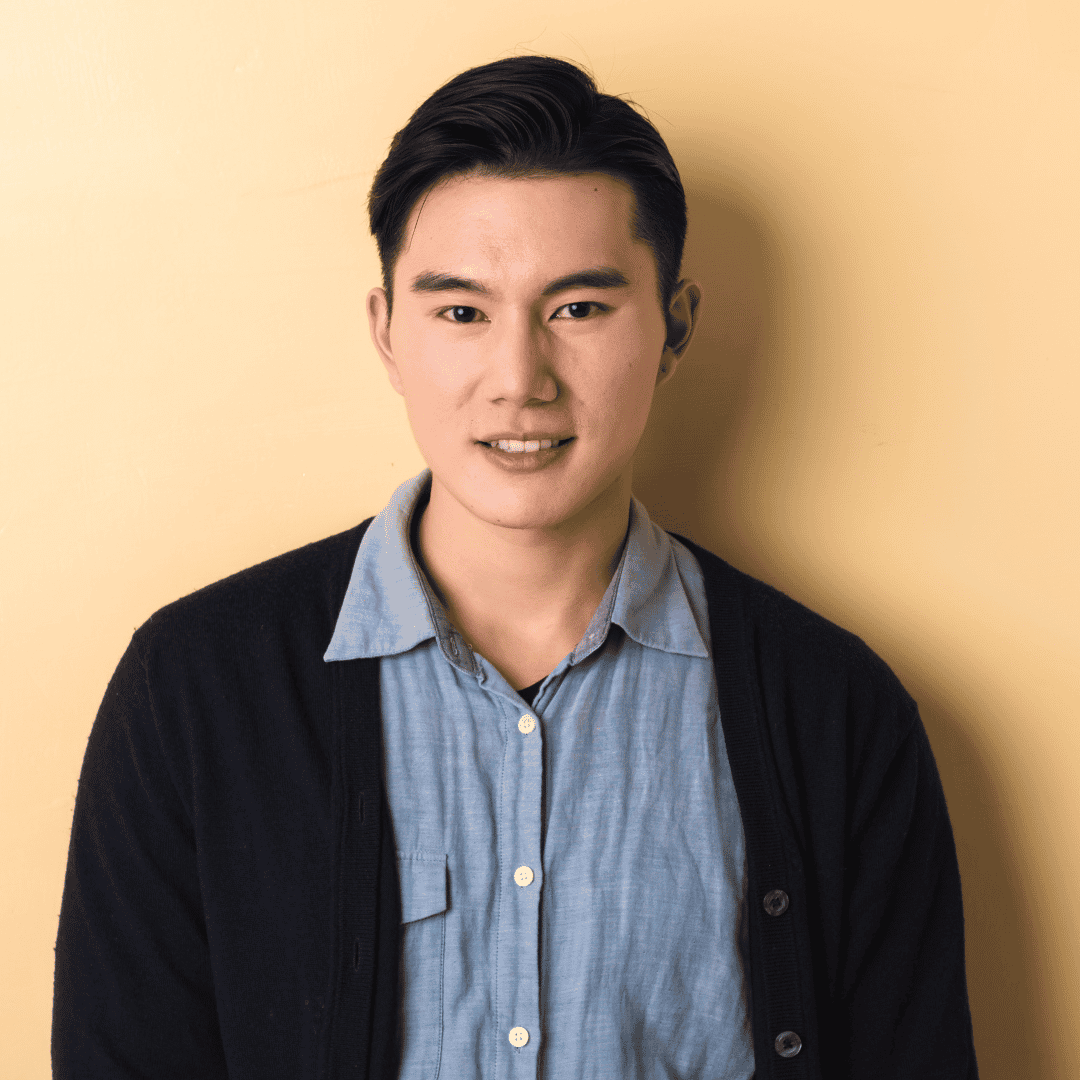
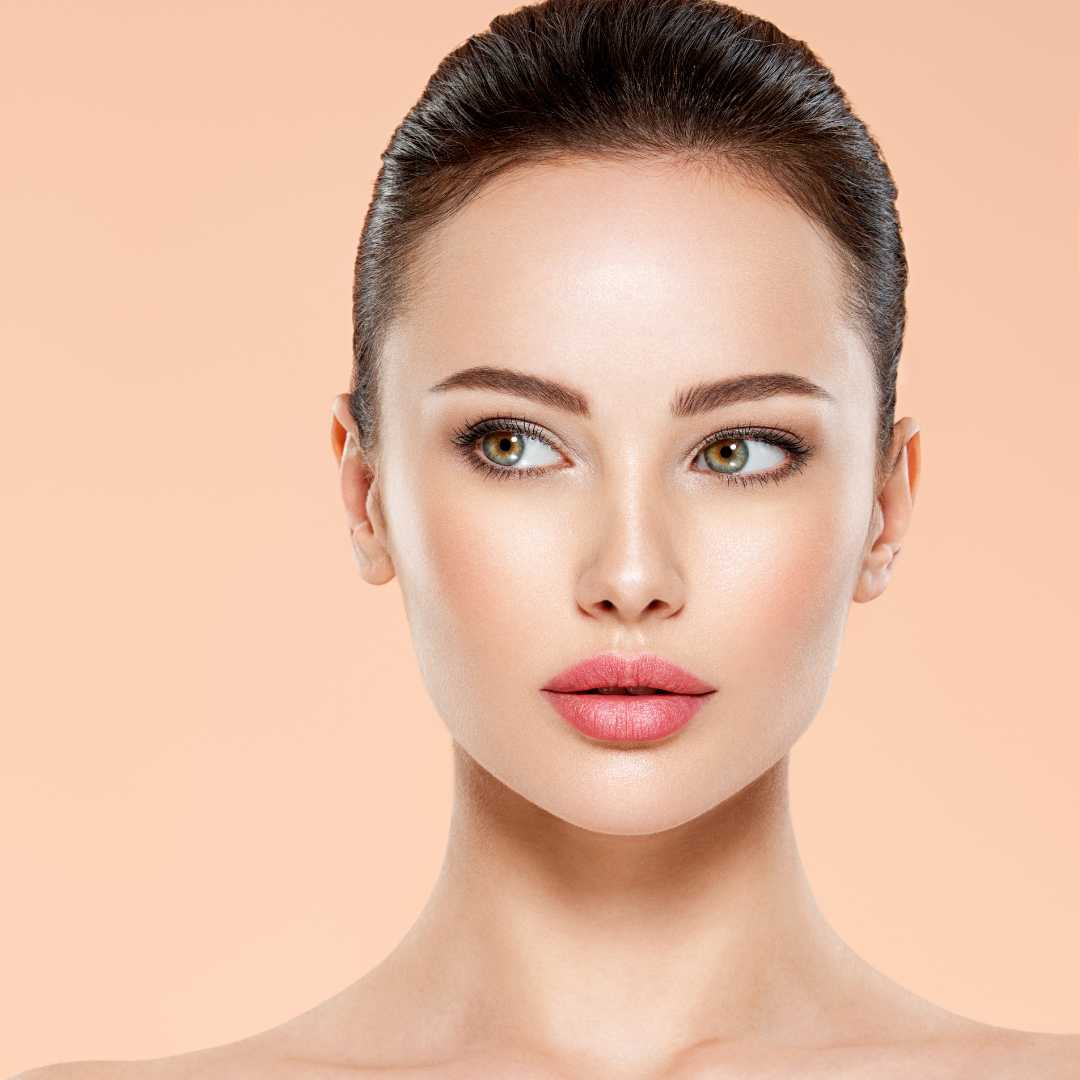
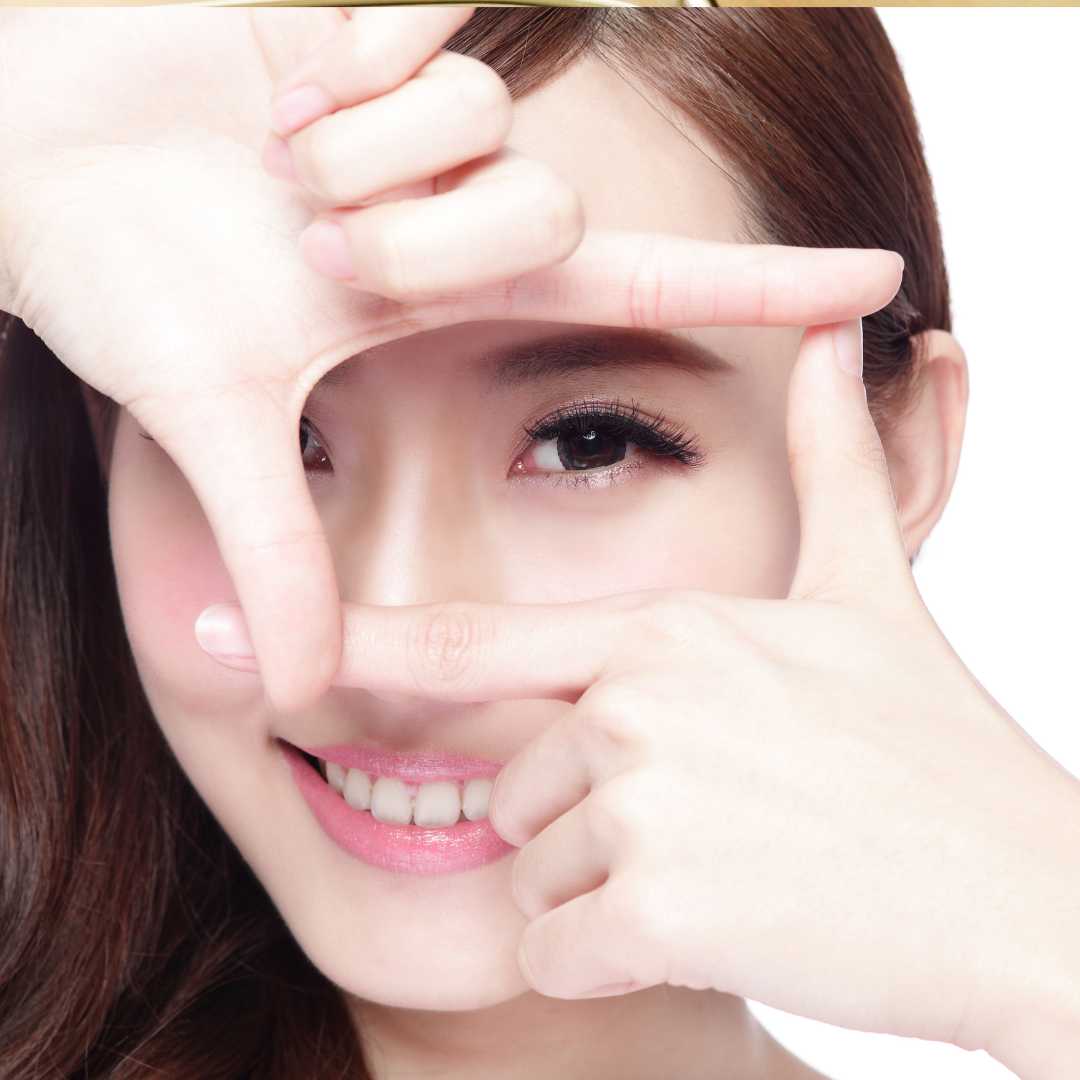
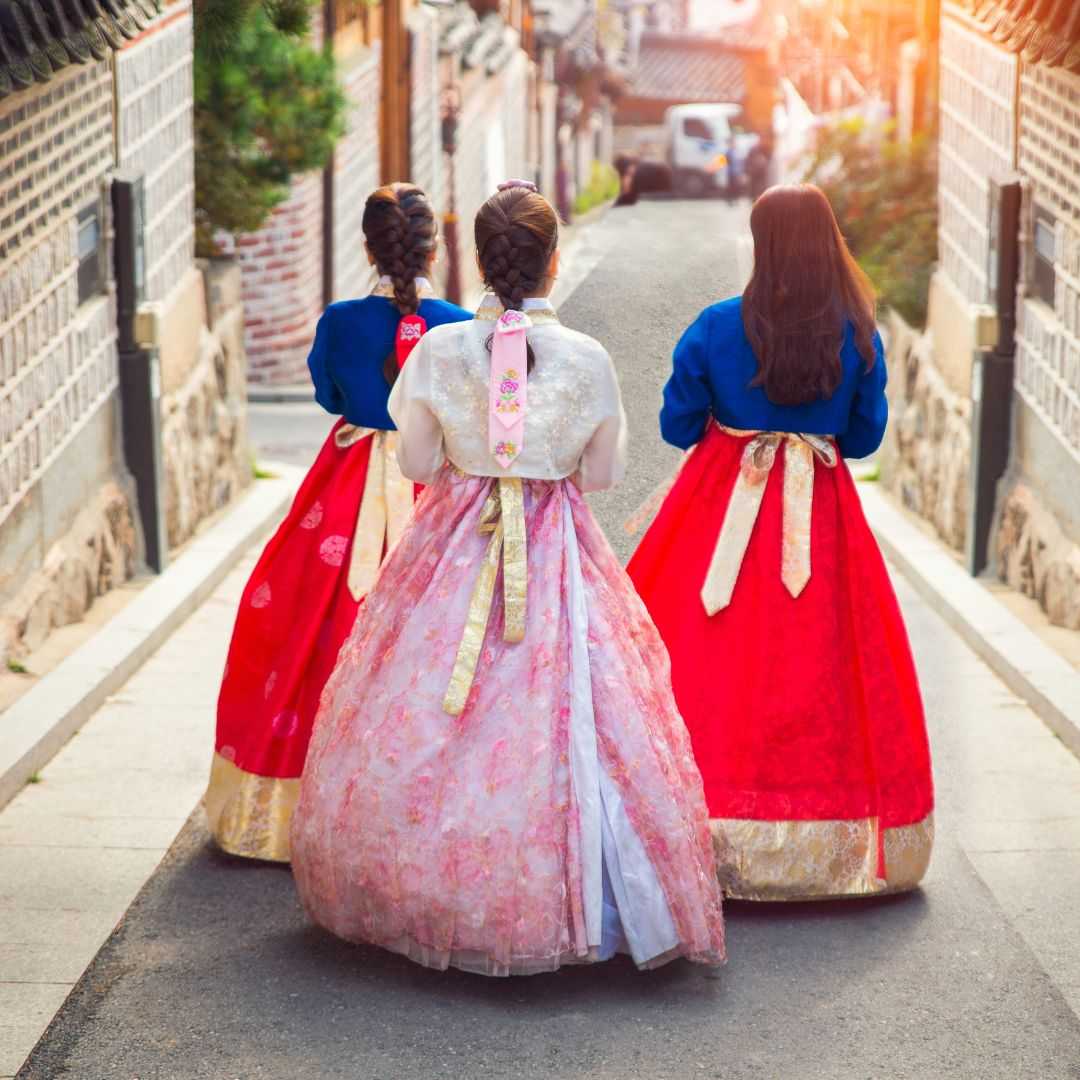
.png)
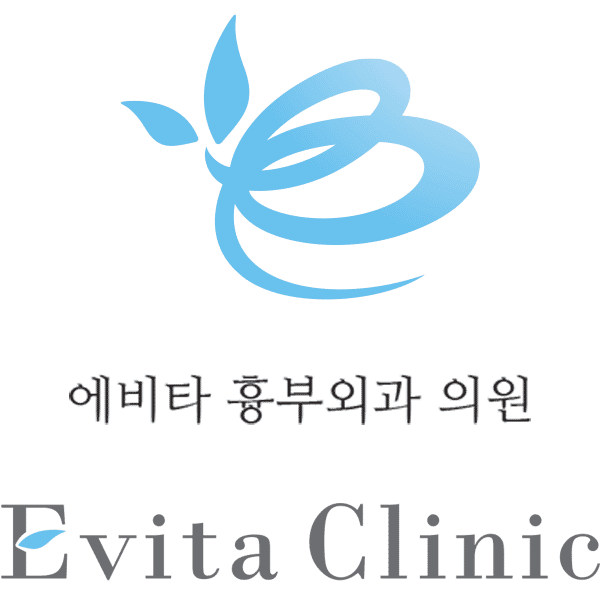
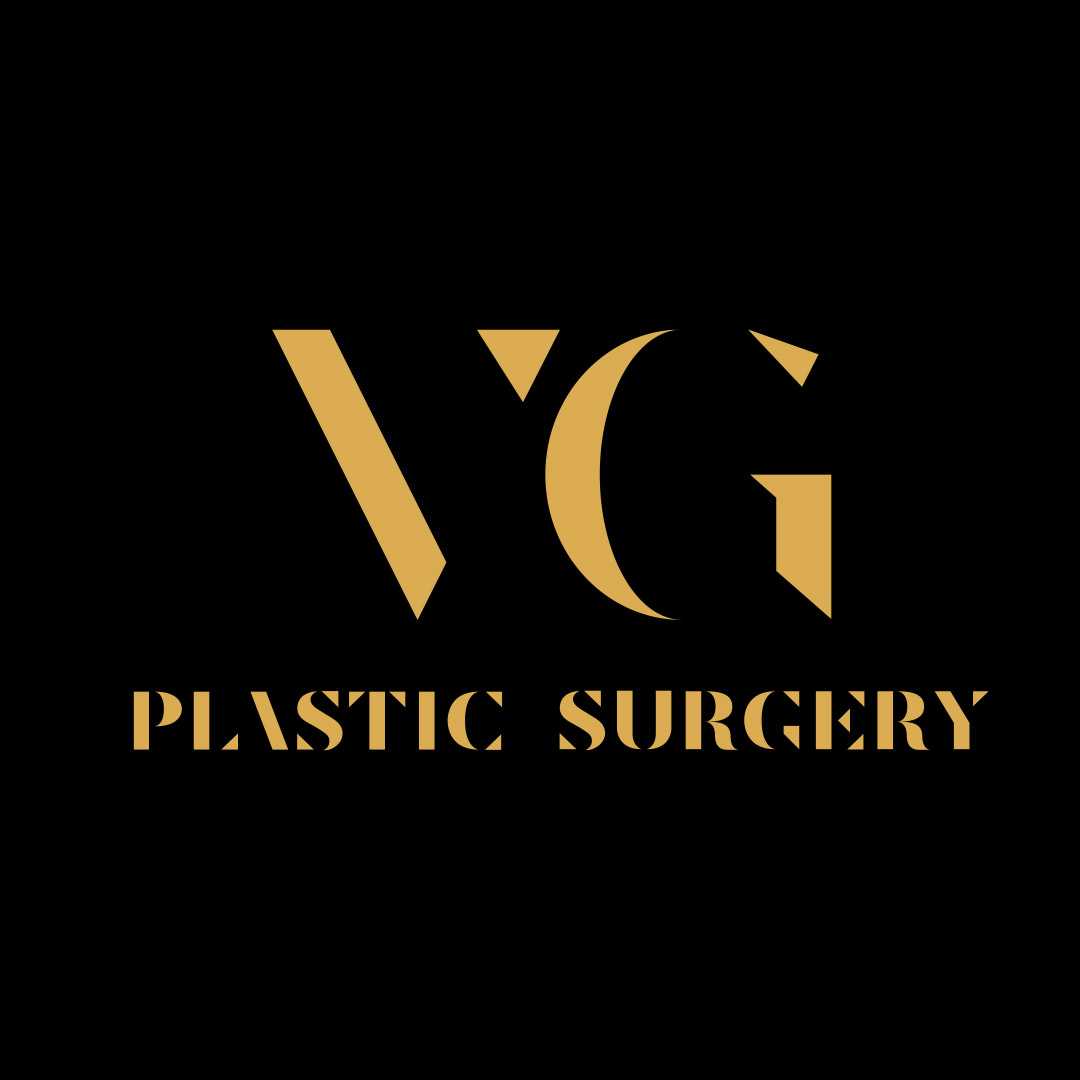
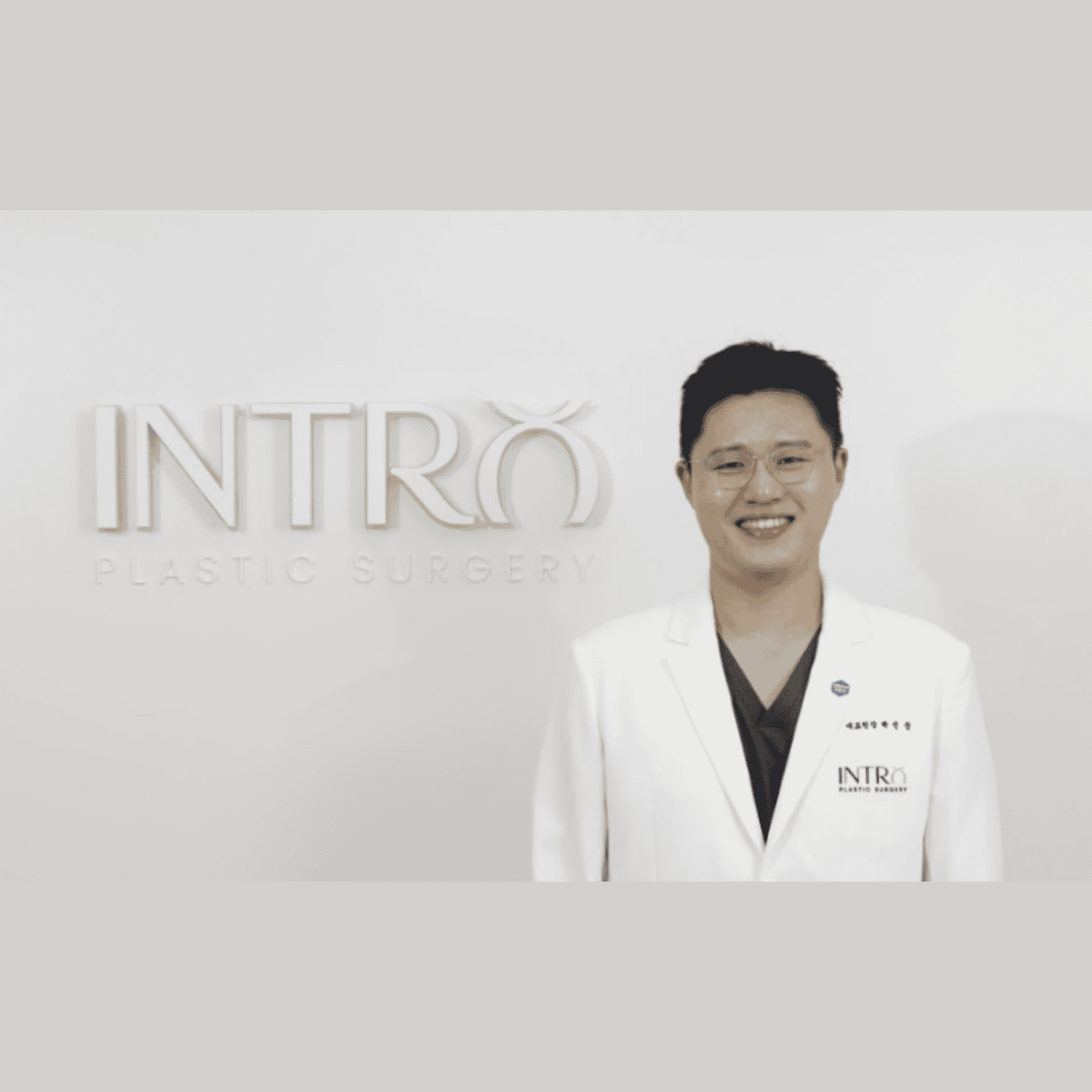
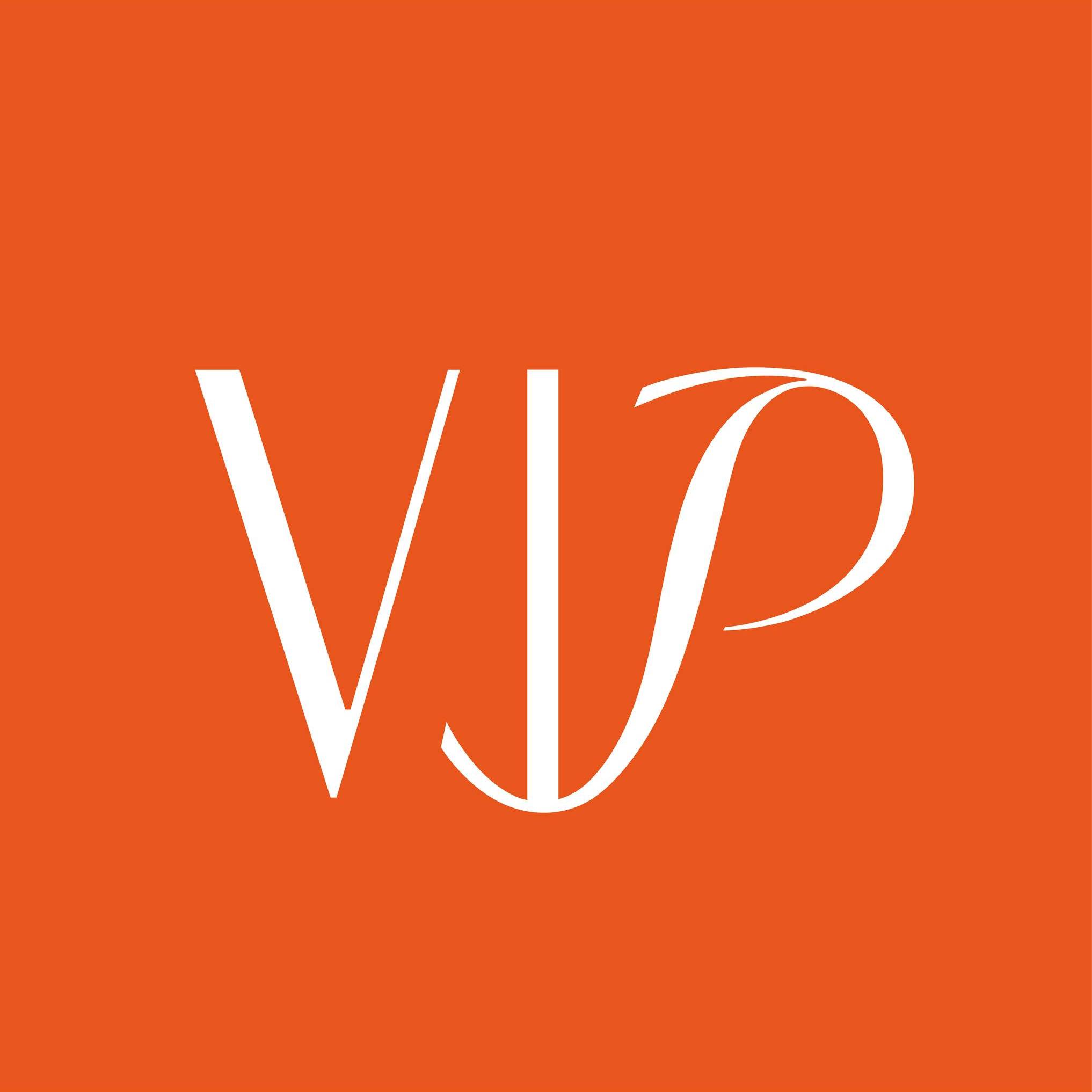
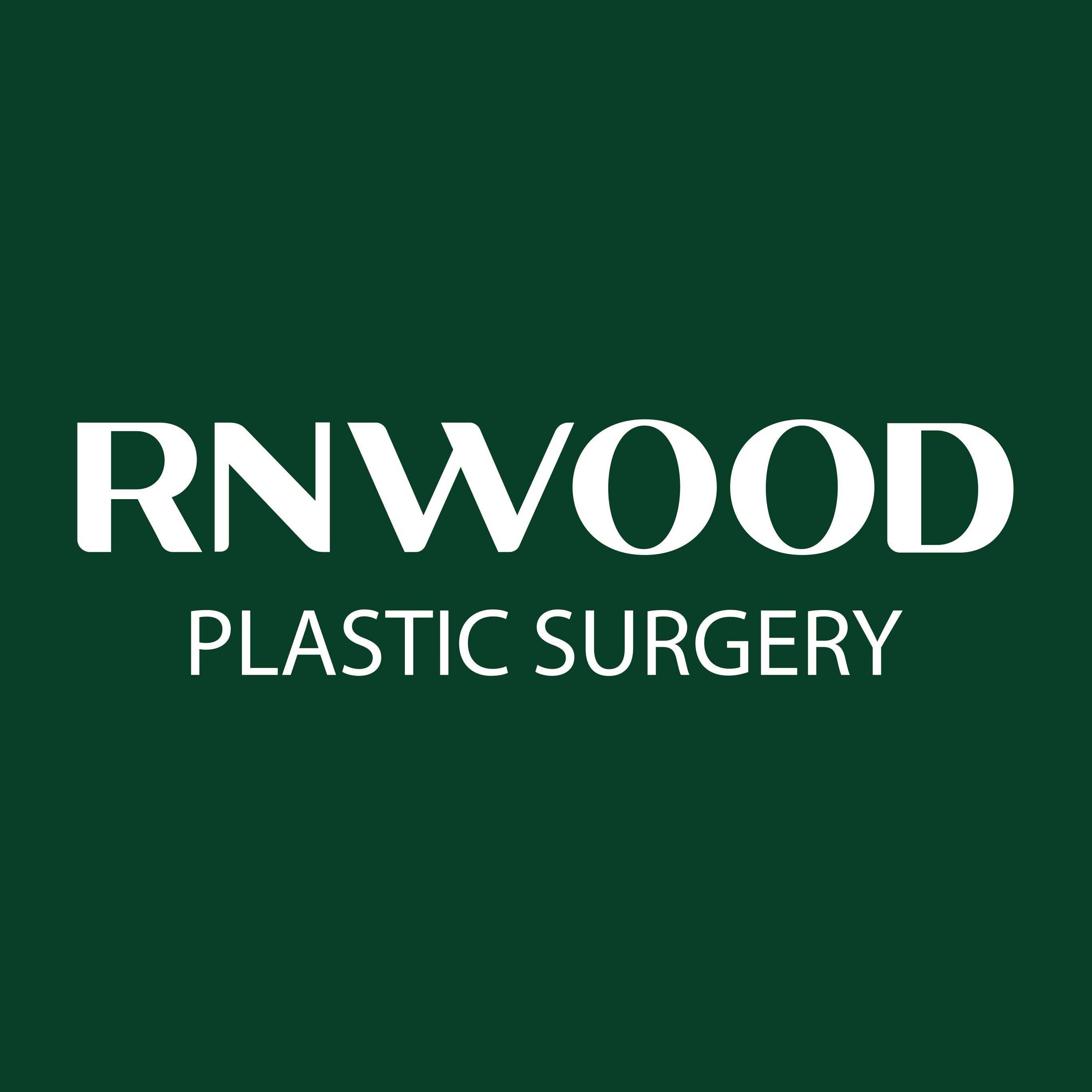

Share this listing